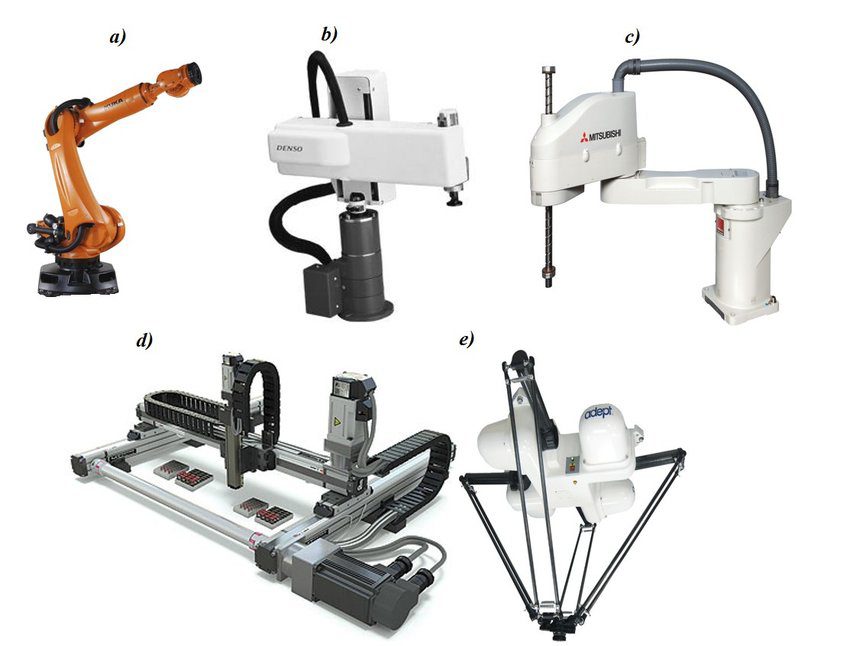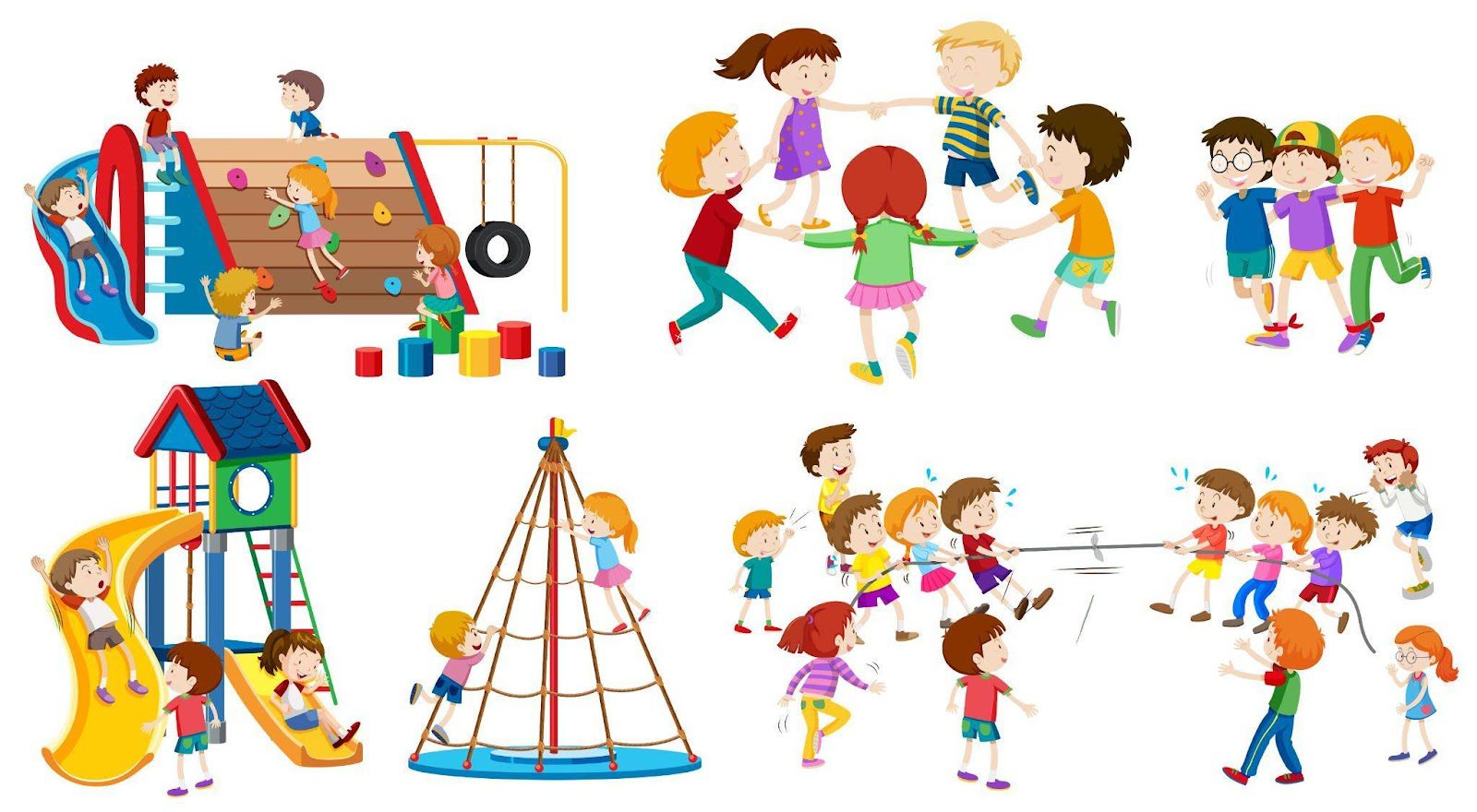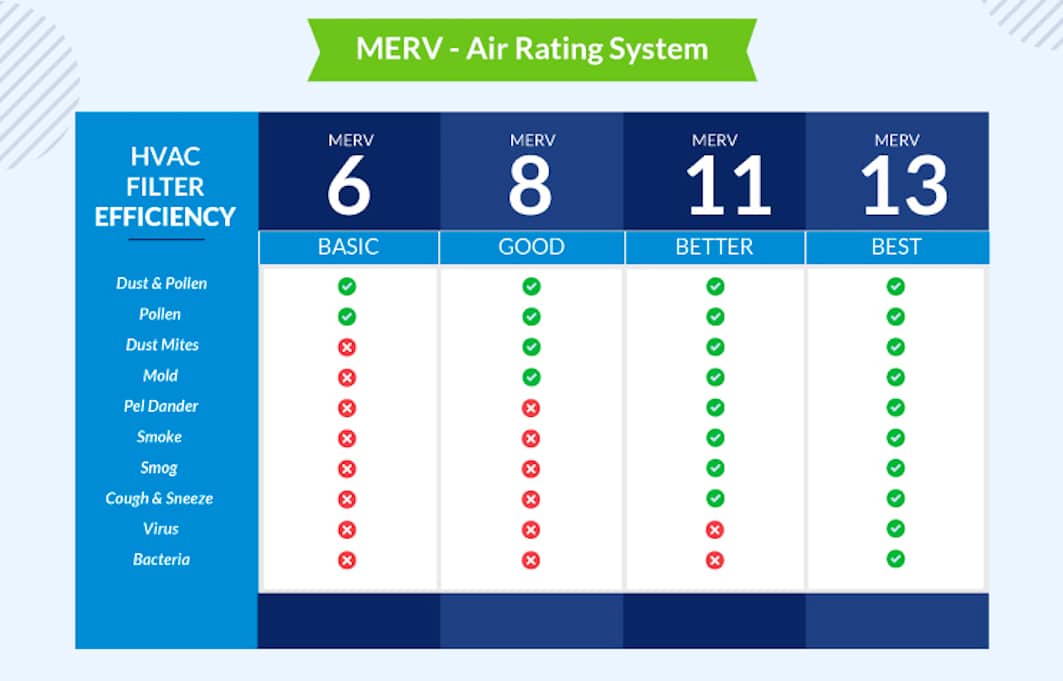Major types of industrial robots

ABOUT MAJOR TYPES OF INDUSTRIAL ROBOTS
The manufacturing industry has experienced an increased adoption of robotics technology and engineering into its manufacturing processes as a result of rapid technological advances in automation and robotics. Industrial robots are being used to accomplish tasks with accuracy and precision and reproducibility leading to higher quality goods. Industrial robots have the ability to operate constantly without breakage helps manufacturers increase production. In fact, robotics can function in unhealthy and unsafe situations, thus enhancing manufacturing plant working conditions and health. The various advantages of industrial robots such as Fanuc industrial robots are thus motivating manufacturers to incorporate various types of industrial robots into their manufacturing line to boost plant productivity and profit margins. Industrial robots can be categorized into six major types of predicated based on mechanical configuration.
- Articulated Robots:
One of the most common forms of an industrial robot is the articulated robot. In the artificial form, it resembles a human arm. The arm has a bending joint linked to the base. The figure of rotary joints that communicate the links in the arm can vary from two joints to ten joints so each joint offers an extra amount of freedom. They have high velocity, large work envelope with limited floor space and are really quick to combine with multiple planes
- Cartesian Robots:
Cartesian robots are also referred to as rectilinear or gantry robots and have a rectangular shape. These industrial robots have three luminous joints to provide linear movement by rolling on its three perpendicular angles (X, Y, and Z). Also, they may have a wrist connected to enable positional movement. In most industrial purposes, Cartesian robots are used because they deliver versatility in their configuration which makes them appropriate for runtime environment requirements.
- Selective Compliance Assembly Robot Arm or SCARA:
SCARA robots are fitted with a cube-shaped work framework and comprise of two parallel joints that meet in one chosen runway. The SCARA robots can move more quickly than those of the cylindrical and Cartesian robots and have simpler assimilation.

- Delta Robots or Parallel link robots:
Delta robots are also referred to as parallel connection robots because they comprise of parallel linkages attached to a common base. Delta robots have a working envelope molded to the dome. In particular, these robots are used for quick pick-and-place or product shift apps.
- Polar Robots:
Polar robots have a bending joint that connects the arm to the base and a combo of two rotary joints and one linear joint which connects the connections. These are also named as spherical robots, as they have a spherical work package, and the axes form a polar structure of coordinates.
- Cylindrical Robots:
At the base, cylindrical robots have at least one rotary joint and at least one luminous joint that connects the ties. Such robots have a cylindrical working space with a swiveling shaft and a sliding, adjustable arm that goes vertically.
While adopting industrial robotics and automation into the enterprises, one has to know and pick the adequate robot type for their activities



